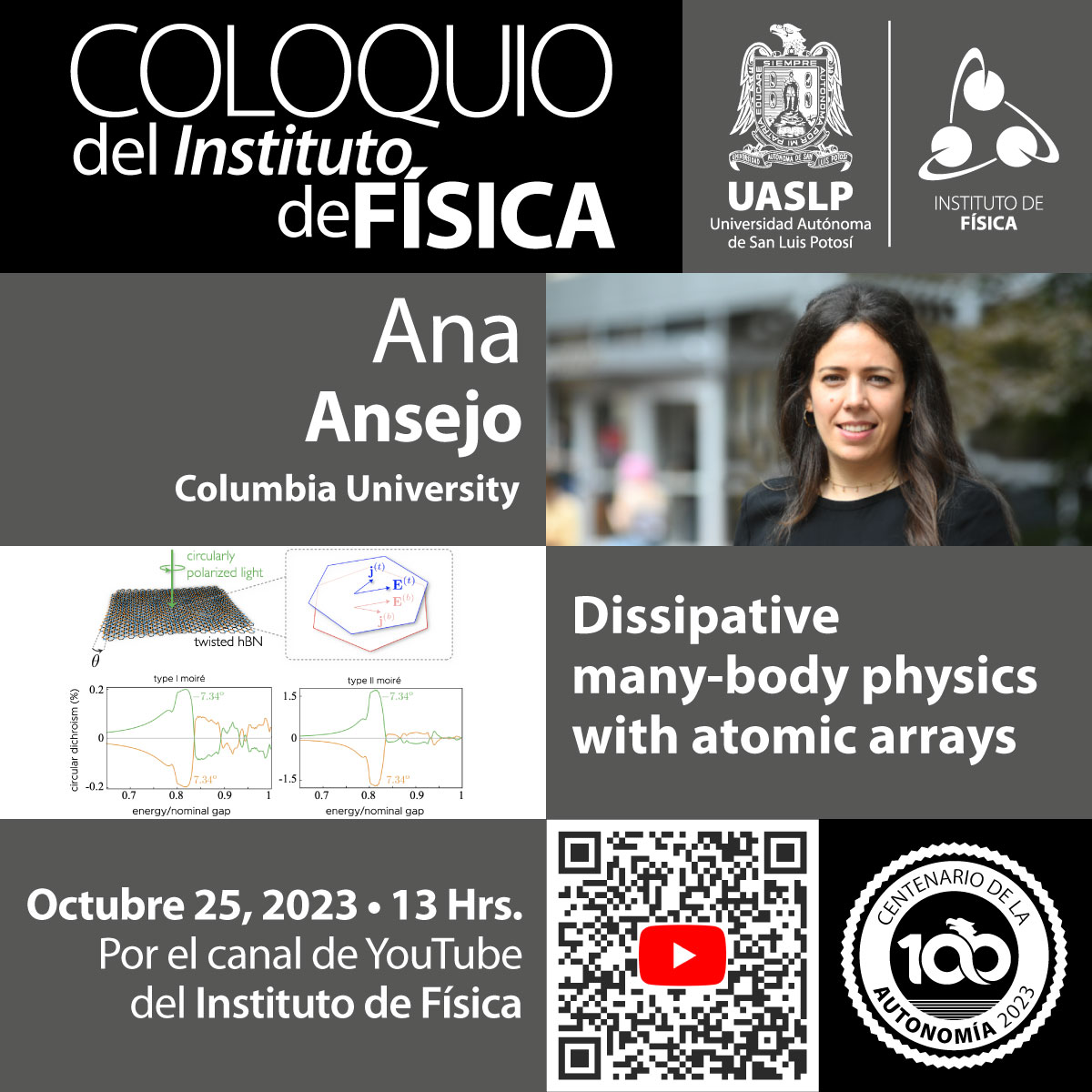Dissipation and fluctuations are known to be sources of order in complex non-linear systems formed by many agents, as they lead to the generation of self-organized spatial or temporal structures. However, dissipation is considered to produce loss of coherence in open quantum systems, contributing to the inherent fragility of quantum states. Here, I will discuss how coherent behavior emerges in large quantum systems consisting of many atoms if dissipation is collective, in the form of correlated photon emission and absorption. In particular, I will discuss the many-body out-of-equilibrium physics of atomic arrays, and focus on the problem of Dicke superradiance, where a collection of excited atoms self-organizes as they decay, emitting a short and intense pulse of light. Superradiance remains an open problem in extended systems due to the exponential growth of complexity with atom number. I will show that superradiance is a universal phenomenon in ordered arrays, and present semi-analytical tools to investigate the presence of a burst. Our predictions can be tested in state of the art experiments with arrays of neutral atoms (in particular, harnessing long-wavelength transitions of Strontium and Ytterbium), and pave the way towards understanding the role of many-body decay in extended systems for quantum simulation, metrology, and lasing.
 Correo IF
Correo IF Directorio
Directorio

